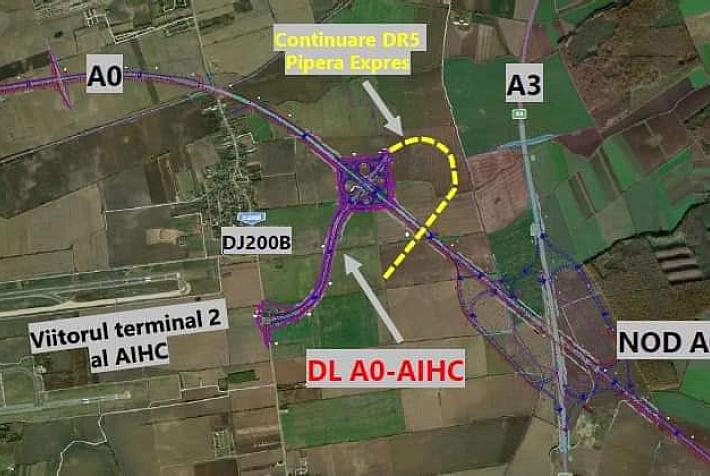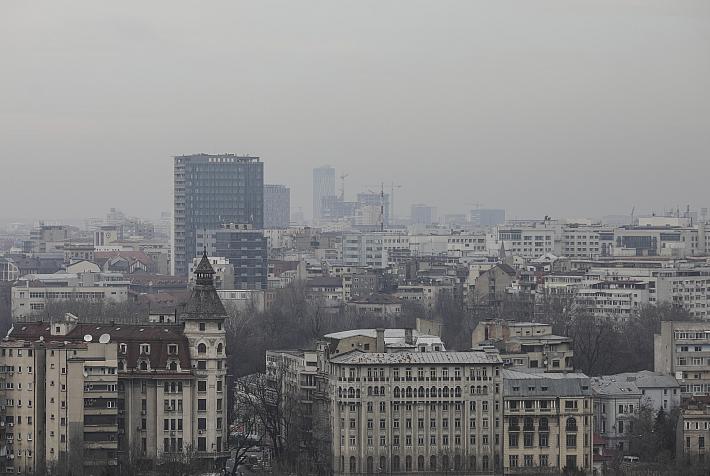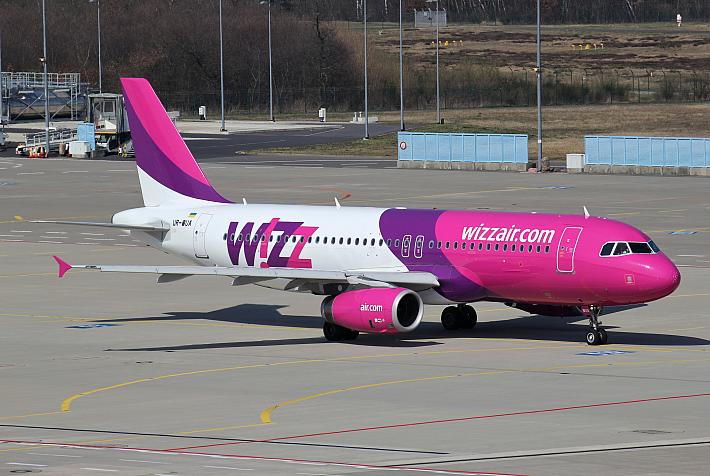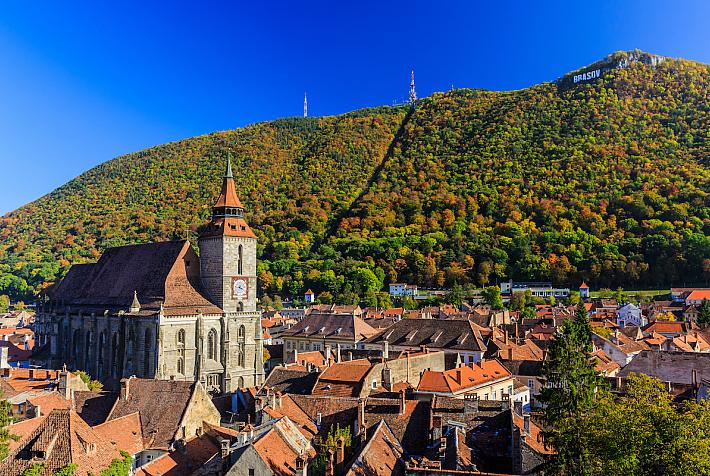Romania's twin deficits surface in the high borrowing cost

The average interest paid by Romania for the money borrowed in June rose to 8.74%, up 0.9pp compared to May and the highest level in the European Union by far.
The wide public budget deficit (the country is under excessive deficit procedure) and the wide current account gap (above 7% of GDP), as well as the problematic sovereign rating (the lowest in the investment grade area), are the main reasons.
Furthermore, Romania pays a higher price than other countries in the region, which face the same economic difficulties - mainly the energy crisis and rising inflation - and have much higher refinancing rates than Romania.
The long-term borrowing costs of Romania, an indicator of investors' confidence in the economy's direction, have more than doubled in the last year, being only 3.24% at the level of July 2021, according to Eurostat data quoted by Cursdeguvernare.ro.
The increase of almost one percentage point in June was the largest in the region. Hungary, which in April paid an average interest rate only 2pp below that of Romania, managed to keep the situation better under control in the following months. Thus, although interest rates rose by 75bp in June, the borrowing cost remained below 8%.
In Poland and the Czech Republic, interest rates rose by about 50bp points in June, in line with those in Germany, the European benchmark.
andrei@romania-insider.com
(Photo source: Dreamstime.com)
















